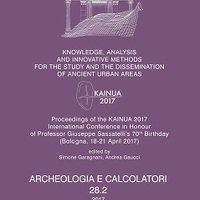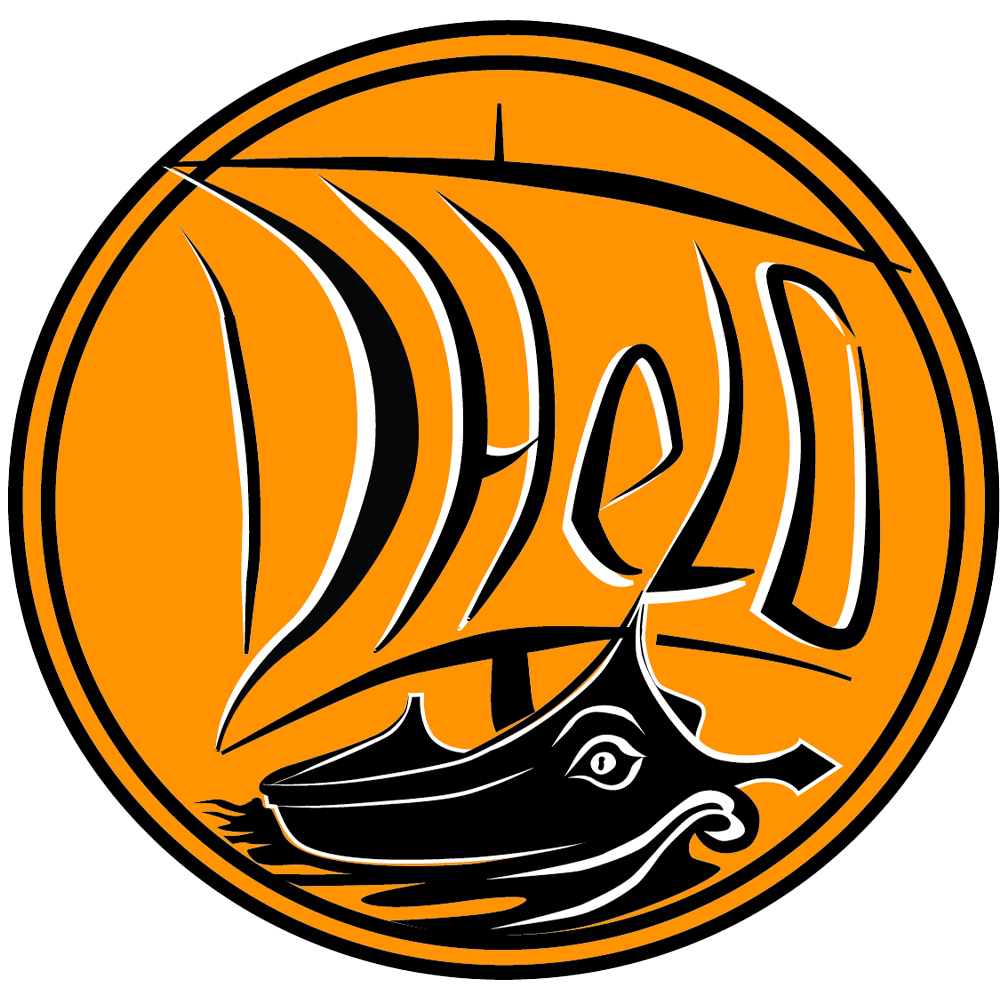Academic Article
Understanding Etruscan art and architecture through 3D modeling: the case of Volterra
- Title
- eng Understanding Etruscan art and architecture through 3D modeling: the case of Volterra
- Is Part Of
- Knowledge, analysis and innovative methods for the study and the dissemination of ancient urban areas, Proceedings of the Kainua 2017 International Conference in honour of Professor Giuseppe Sassatelli’s 70th birthday (Bologna, 18-21 April 2017)
-
 Archeologia e Calcolatori 28.2
Archeologia e Calcolatori 28.2
- Abstract
- eng Nowadays, archaeology and modern 3D modelling and representation technologies form an unbreakable bond, considered essential and indispensable by many experts and scholars. Although with different goals and purposes, new hardware and software available and specially designed web platforms allow the archaeologist adequately trained to create, visualize, analyze, and share 3D data derived from computer graphics or from image- and range-based acquisition procedures. Currently, a very important topic is the relationship between user and 3D model: from the simple passive fruition, we are moving increasingly towards a real interaction within immersive virtual environments. In this sense, the contribution of the archaeologist is critical to determine what to display and what to interact with, according to the end user and his skills and knowledge. In fact, the following case studies related to sites, monuments and artefacts of the Etruscan town of Volterra represent the evolution of this interaction/relationship, helping to make the fruition of archaeological evidence, that at present is still difficult to access and understanding, easier and more interesting.
- Pages
- 242-252
- Language
- eng
- Temporal Coverage
- CC BY-NC-ND 4.0
- Spatial Coverage
- Volterra
- Date
- 2017
Export
Position: 5871 (4 views)





